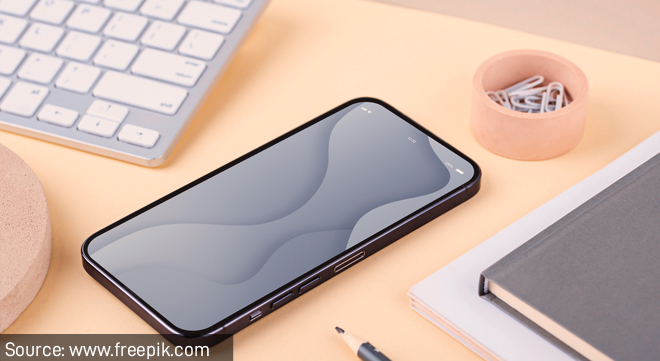The following case study is from the Ombudsman’s Briefcase of December 2022. The insurer rejected a claim for a stolen mobile phone on the basis that the device was not used with the SIM card encoded with the number listed on the policy schedule.
The insured bought the phone for her daughter in 2019 and insured it on the day of purchase.
The following year, the insured took the phone to the store where it had been purchased for repairs. While at the store, the insured was advised that the device was not on the policy. Instead, another device belonging to the insured had been insured twice.
The consultant admitted that the fault was with the store. The insured completed a “change of insurance cover details” form and was assured that the form would be emailed to the insurer.
In April 2021, the same device was stolen. When the insured reported the incident to the store, she was told that her policy had not been updated and that the form she completed could not be found.
Nevertheless, the claim was registered. The insurer rejected the claim on the basis that the device was not used with the SIM card encoded with the number listed on the policy schedule.
The insured provided the Ombudsman for Short-term Insurance (Osti) with a copy of the completed change of cover form. The form stipulated that the device would be used with numbers ending in “710”. The insured submitted that the store consultant had erred by mixing up the particulars of her other device with the particulars of this device.
The insurer’s version
The insurer provided the Osti with a policy schedule that, contrary to what the store consultant said, showed that the lost device was on the policy. However, the number on the policy schedule ended in “500”.
The insurer obtained a usage report which showed that the device was being used with a number that ended in “710”.
The insurer submitted that it did not receive the change of cover form.
The insurer relied upon the following policy provision to reject the claim:
“What are you not covered for
- Theft, loss or accidental damage while your insured device is being used with any other SIM card which was not listed on your policy schedule.”
The insurer also referred to a declaration signed by the insured, wherein the insured was advised to use the device with the SIM card and the number listed on the policy schedule.
Osti’s verdict
The Osti noted that the device and number specified on the change of cover form were the same as those that appeared on the usage report. It was, therefore, clear that the device was intended to be used with a SIM card encoded with numbers ending in “710”.
The completed change of cover form was provided to the store at which the phone was purchased. It was not in dispute that the store consultant was the insurer’s agent, and, as such, the insurer was deemed to have received the form.
The Osti recommended that the claim should be settled, and the insurer agreed to abide by Osti’s decision.




Really sad that the insurer contested this claim when it was clear that the insured had acted in good faith!